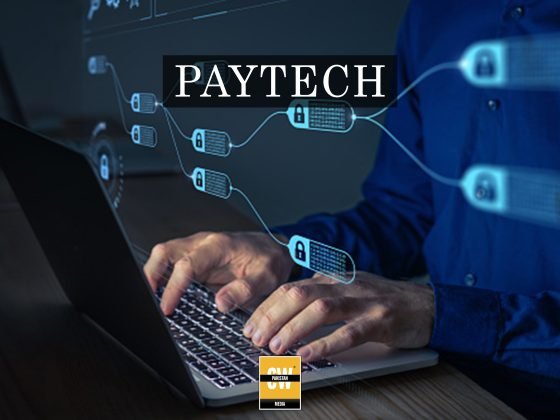While digital financial services offered through mobile wallets are considered the solution to problems of financial inclusion in developing countries, the rate of adoption of these wallets has not been as promising as expected in Pakistan. A deeper analysis of the problem raises several questions, the most important being: Has enough value been created to necessitate a transformation in behavior in favor of digital payments? While free payments create incremental change in utility, which creates a behavioral shift towards adoption, digital lending is seen as that killer service which will make digital payments stick. It is also seen as salvation from high-cost structures for microfinance banks, which focus on serving the bottom of the pyramid but have high overheads.
Read more: Microfinance and Fintech
Lending requires determination of the risk profile of the borrower through a proxy which can evaluate the latter’s payment capability and behavior. Traditionally, this proxy only existed in the form of repayment history on a previous loan taken from a bank. The assessment is even more cumbersome for people with no financial history, where the bank’s field staff manually collects data of the disposable income of the borrower – a process microfinance banks are quite familiar with. The resulting high overheads translate into high interest rates which is counterintuitive, if not exploitative. How can someone with low income in need of a loan in the first place repay almost twice of what they borrowed?
With the digitization of all interactions through smartphones, users generate large streams of data which can act as a proxy of repayment despite being weakly correlated. At first glance, these data sets might not even make any sense but globally, peer–to-peer lending platforms are using data sets in the range of hundreds to determine the risk profile of their borrowers, a capability which can be provided for a fintech credit rating engine for banks as well. These borrowers include both individuals and small businesses and represent the unaddressed or underserved segments in markets with low financial inclusion. Micro-, small- and medium- enterprises lack any fixed assets which can serve as collateral. Although 18 countries have developed Movable Collateral Registries, enabling small and medium enterprises (SMEs) to get loans on the basis of their current assets, the topic hasn’t made it to mainstream financial inclusion discussions in Pakistan yet.
However, all is not lost in the absence of a collateral registry. Closely related to repayment capacity is the payment history of any kind of a customer, be it a bank or business. If such payment history is available digitally to indicate the financial health of an individual or business, it opens new avenues for lending. An example is Ali Baba’s e-commerce platform which started off by providing payment service to small businesses; grew by adding an escrow service – payment is held until product purchased from an online vendor is received; and, finally, started using payment history of small businesses to provide loans. By meeting one need after another, Ali Baba has created value in increments to come up with a ‘disruptive’ service which is extremely sticky and builds on one killer applications on top of another. The businesses served by Ali Baba were normally not catered to by banks or were required to have fixed asset collaterals to qualify for loans. But with Big Data and Artificial Intelligence, there was no need for that.
Then there is the question of Sharia or Islamic lending. There is a huge gap in the Muslim world for Sharia-compliant investment and financing. According to International Financial Corporation (IFC), in Pakistan the Islamic financing potential is $737 million for unserved SMEs and $3.1 billion for underserved SMEs, based on their preferences.
Considering the high demand for working capital financing for MSMEs, if fintech firms can provide lenders or investors with a view into the health of a digitized business, investors might be willing to participate by becoming short term partners on a risk-sharing basis in the businesses they find suitable. In the absence of such data, the processes for sharia financing remain cumbersome and they mostly focus on asset financing, ignoring working capital requirements.
Read more: Partnerships in the New Age of Financial Services
But all this innovation can only take place on the back of a digitized economy supported by favorable policies. Globally, countries create a supporting policy structure to shift behaviors to digital payments while fintech firms create the requisite technology. But in Pakistan, the imposition of multiple taxes has taken documentation of the economy a step backward instead of forward. Lately, bank deposits have reduced as individuals and businesses took cash out of the system. Similarly, businesses refrain from documenting their transactions to avoid explicit taxes as they pay so many more hidden taxes.
Finally, while we argue for including low-income segments, technologically-advanced products cannot be expected to be adopted with a myopic focus at the bottom of the pyramid where there are very few, if any, early adopters for a technological innovation.
According to MIT’s blockchain research group, a product not targeted towards early adopters who associate it with their identity suffers diffusion as it might be rejected by them. This rejection can then spill over to adoption by peers and have long-lasting effects on product diffusion. The aforementioned technological innovations will then have to be introduced to the tech-savvy at the top of the pyramid and perfected for diffusion to follower segments.








